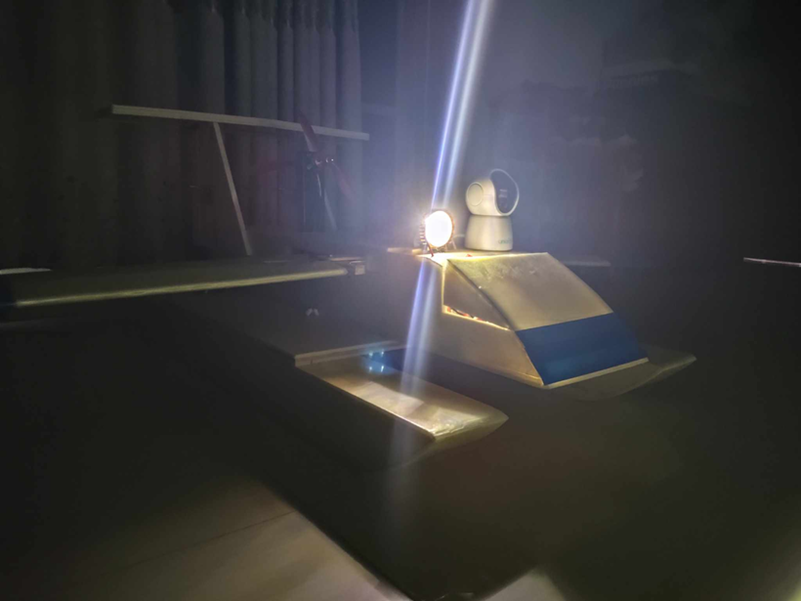
In the world of nautical innovation, the limitations of traditional ground effect vehicles have long posed challenges. Bulky, fixed wings limit maneuverability, especially in turbulent waters, while their reliance on support ships complicates operations. Project Albatross, invented by Naresh Barua and his team—Swapnil Das, Riyad Hossain, and Anuj Sarker from AUST—redefines this standard. With variable wings that can be swept back and a catamaran hull, it combines the speed of an aircraft with the stability of a ship, offering groundbreaking solutions for various civilians and military applications. Showcased at AUST Mindsparks 24, this innovative project captures attention for its potential to transform nautical operations, and now, let’s dive into the details of this remarkable design and its impact!
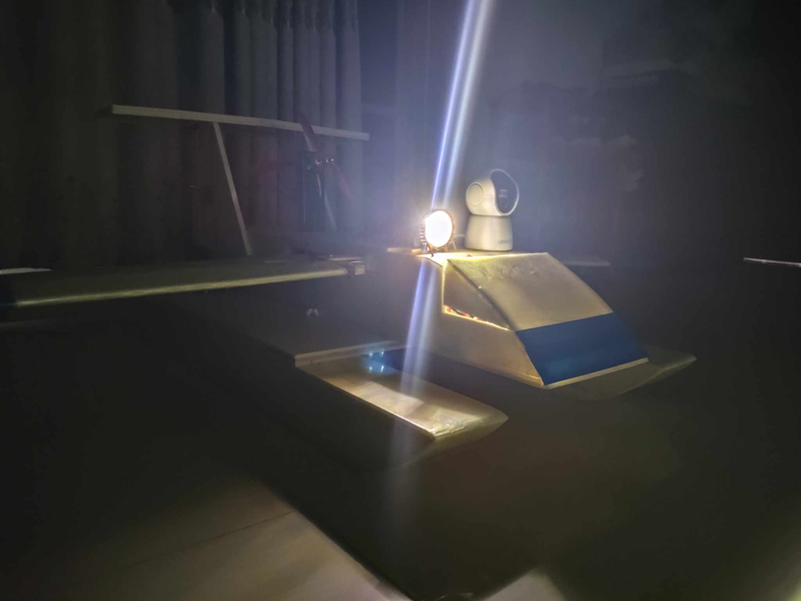
What Are the Limitations of Existing Ground Effect Vehicles?
The concept of ground effect has been well implemented. Faster than ships and significantly slower than aircrafts made Ground Effect Vehicles a different type of vehicle. However, the major drawback of the existing Ground Effect Vehicles is, the fixed wings make it difficult to maneuver while on the surface. The bulky fixed wings pose a serious concern while operating in the high waves. Although small scale Ground Effect Vehicles are used as transportation in tourist spots have proven to be slightly efficient, these vehicles are limited to only operating in still waters. Moreover, some ground effect vehicles require support ships to observe its turn path to avoid accidents. A small-scale ground effect vehicle with short take-off and landing (STOL) capability for efficient ocean monitoring is required that has both civilian and military applications.
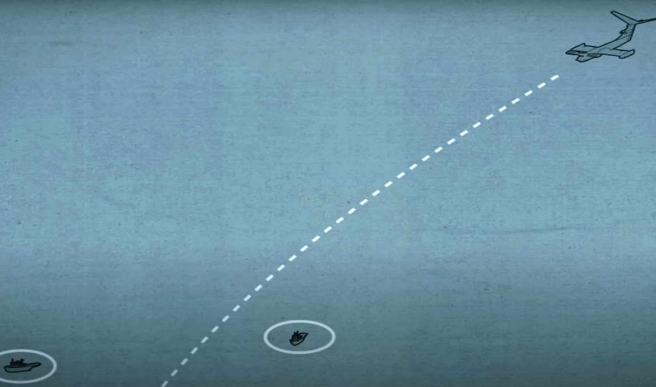
Figure 1: Lun Class Ekranoplan’s turn path as support ships observe its way
Solution Offered by Project Albatross
Project Albatross is an unmanned ground effect vehicle with variable wings. It is a multirole craft that can fly low above the ground utilizing the low drag and the air trapped beneath the aircraft creates a cushioning effect. Unlike conventional ground effect crafts, Project Albatross has variable wings, giving it an edge over existing vehicles. Ground effects on the water surface occur on comparatively still waters. The fixed wings of existing ground effect vehicles create an additional drag when the aircraft is not flying. Moreover, fixed winged ground effect vehicles are difficult to maneuver in waves. Project Albatross solves this issue with its variable wings. The wings can be retracted while the project is not flying, thanks to the servo motor actuating the folding mechanism. In addition, catamaran hulls provide stability to the prototype while moving in turbulent waters. Two big rudders offer great maneuverability to the prototype. The wings are designed with airfoil to generate more lift. The prototype contains numerous features like camera mount, LED light and alarm system, enabling multirole capabilities.
Method:
Project Albatross has two floating kits that are designed in catamaran hull shape. Most conventional ground effect vehicles (GEV) utilize monohull generate excess drag which is not suitable for operating in turbulent water body. On the other hand, Project Albatross utilizes catamaran hull with hydrodynamic design to efficiently move in water surface. A twin rudder enables hard turn, thus offering the prototype better maneuverability. In addition, the sixty-four-inch variable wings turn into thirty inches in length when swept back. When it is required to move fast on the surface, the wings can be swept back via remote signal. When the wings are retracted, the prototype can operate as a high-speed water vessel. In this way, the prototype counters the issues that fixed wing ground effect vehicles face and thus emerge as a new class of ground effect vehicle. Moreover, the prototype is unmanned and operates through the signal of transmitter transmitted to receiver. Unlike existing ground effect vehicles, project Albatross fills different roles as a surveillance and disaster response vehicle.
Key Components:
Primarily the prototype’s outer body is made of taped depron board. The project’s total length is 3 feet. Kerosene wood plank is used as a support to hold the airframe firmly. In addition, aluminum spars are utilized in each wing to provide stability. Airfoil is implemented in the wings to generate the desired lift. The folding mechanism is done successfully by MG996R 360-degree servo motor. It utilizes two contrarotating 1250KV motors, each providing 1.5 kg thrust. FS-CT6B transmitter and R6B receiver are the key components of this ground effect vehicle. There are multiple features like camera mount, LED Light, Remote controlled buzzer system to enable this project to have multipurpose capabilities.
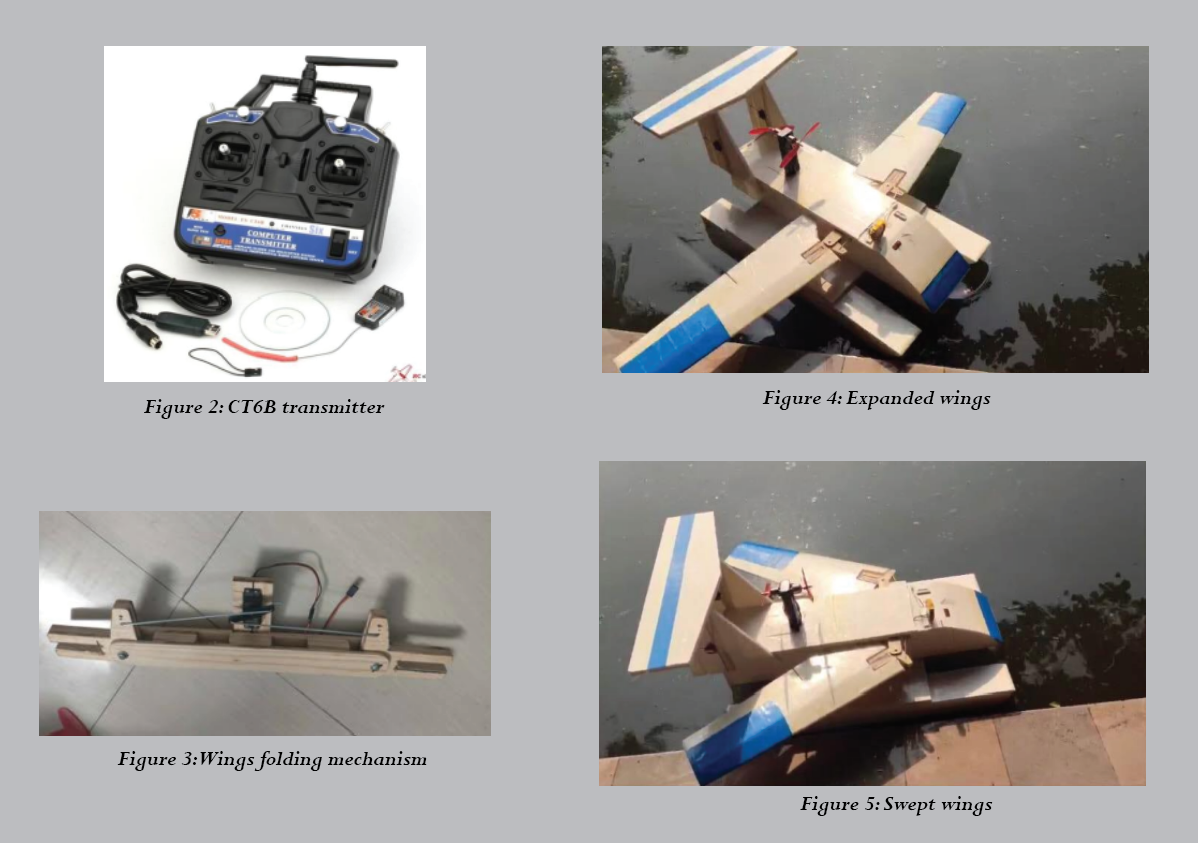
Specifications:
Total Length: 40 inches
Wingspan: 64 inches
Swept Wingspan: 30 inches
Height: 8.5 inches
Ground Clearance: 3.5 inches
Fuselage Width: 8 inches
Design Influence:
1) Variable Wing Fighter
2) Catamaran
3) Ground Effect Vehicle
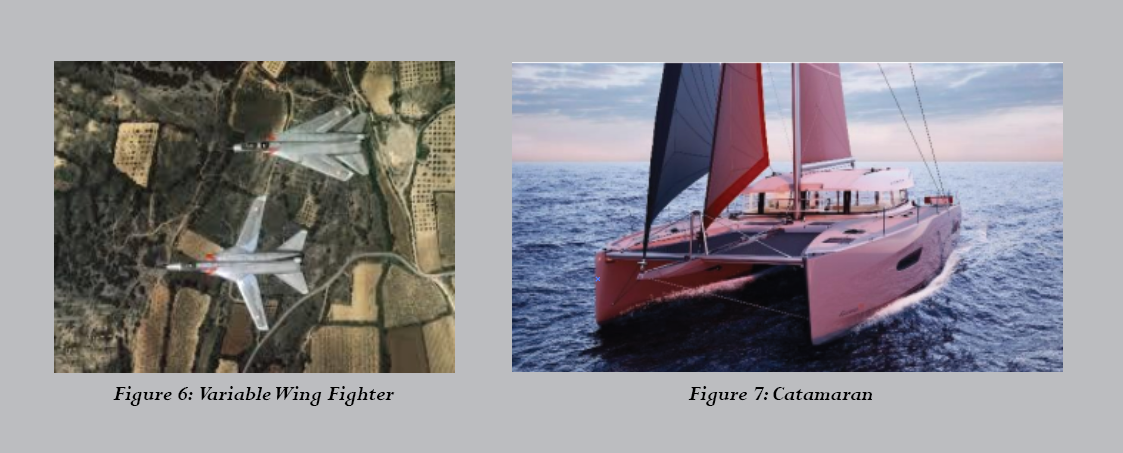
The Shift in the Center of Gravity:
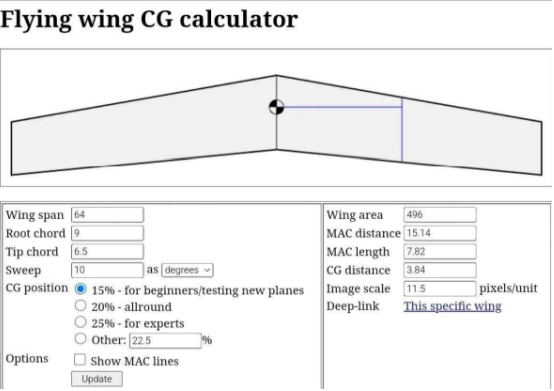
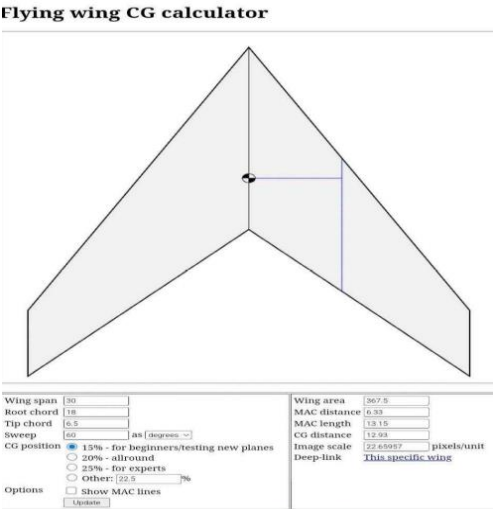
Applicability:
Despite being in its prototype stage, Project Albatross is highly customizable and has diverse implementation as well as diverse users. Since it has both civilian and military applications, users can also be categorized into two types:
1) Civilian Users: Civil defense and disaster response units can rely on this project during the search and rescue operation. Marine biologists and scientists can implement this project in their ocean observation and topographic mapping. Fish farmers can utilize it in studying and distributing fish meals in marine aquaculture. If modified heavily this project can be utilized in cargo missions in short range.
2) Military users: Military and paramilitary operators like the Navy and Coast Guards can utilize this project in surveillance and reconnaissance mission. In addition, this project can be upgraded to operate combat missions like Anti Submarine and Anti-Ship Warfare. Due to its low flight, it can be utilized as a formidable weapon against enemy ships. Additionally, it can be used in Anti Piracy operation by shipping agencies, private security organizations and defense forces. Such surveillance capability in both air and water adds another dimension to maritime security. Furthermore, because of customizability this project is totally user-friendly and can be relied upon in any situation. For instance, this project idea can be utilized in unconventional means of surveillance and warfare to strengthen the defense sector. Additionally, it can be a part of the interconnected maritime surveillance of Navies and Coast Guards around the world. Great surveillance capability will lead to a more secure sea and thus contribute to a safe and prosperous blue economy.
Limitations:
Currently there are several limitations that the prototype is facing. However, all of these are related to budget constraints. These include:
1) Light depron boards can easily deform upon hard impacts
2) Short flight endurance due to battery and transmitter limitations.
3) Lack of mission flight capability.
4) Lack of Global Positioning System (GPS).
Future Potential:
Due to budget limitations, the prototype is built with limited capabilities. However, there are plans to improve the prototype. The plans include:
1) Carbon Fiber Body
2) Autopilot Flight Controller
3) Mission Flight Capability
4) Global Positioning System (GPS)
5) Payload Capability
6) LED Navigation Lights
7) Light Detection And Ranging Capability (LIDAR)
8) Powerful Motors
9) Higher Flight Endurance
10) Enhanced Transmitter
This project showcases the immense potential of redefining ground effect vehicle design, addressing the challenges of conventional models while unlocking new possibilities for both civilian and military applications. Project Albatross stands as a testament to innovation, demonstrating how creativity and engineering can merge to tackle real-world problems. By envisioning a future where unmanned vehicles offer unparalleled versatility and efficiency, this prototype sets the foundation for advancements in maritime technology. Special acknowledgment goes to Naresh Barua for contributing essential insights that brought this project to life. For more information about its development and prospects, please reach out using the provided contact details. Stay curious and create!